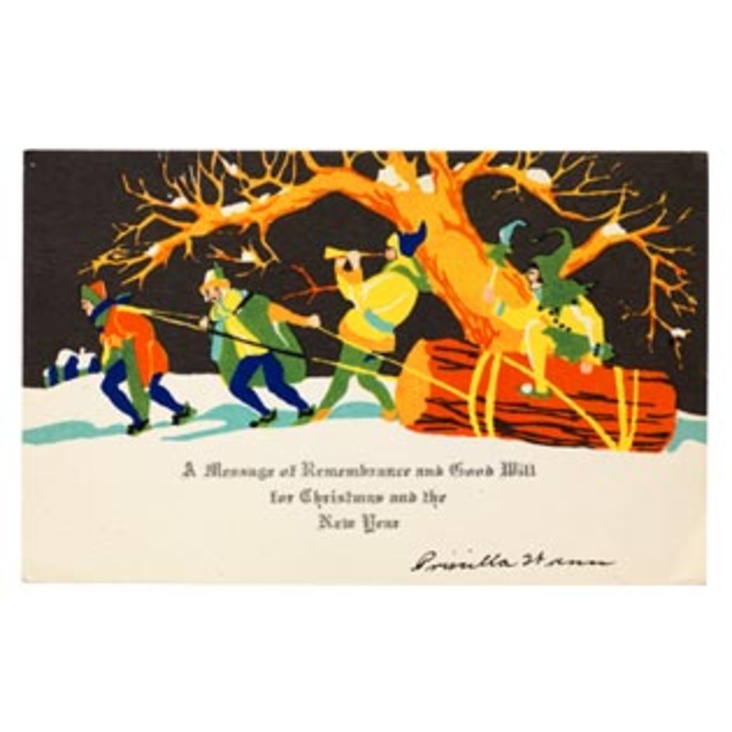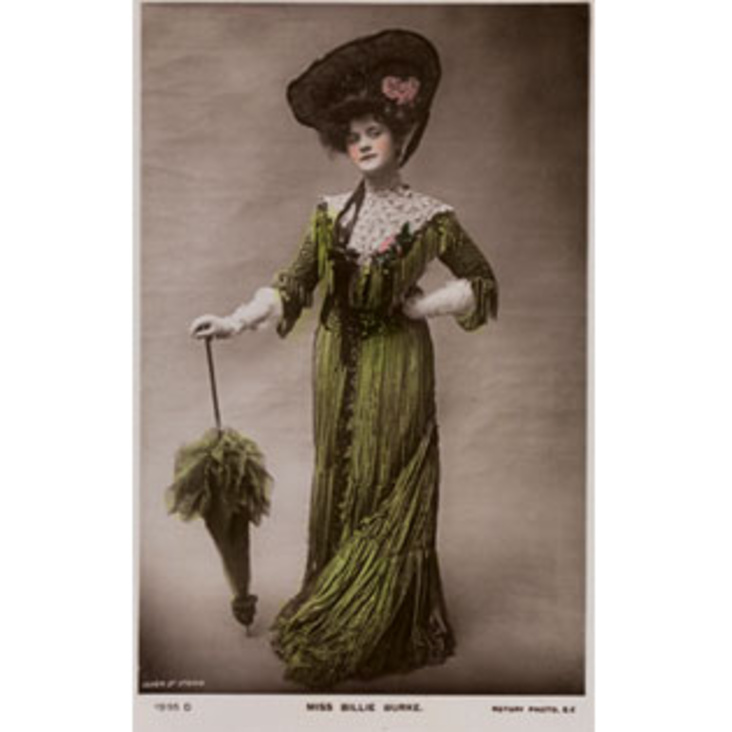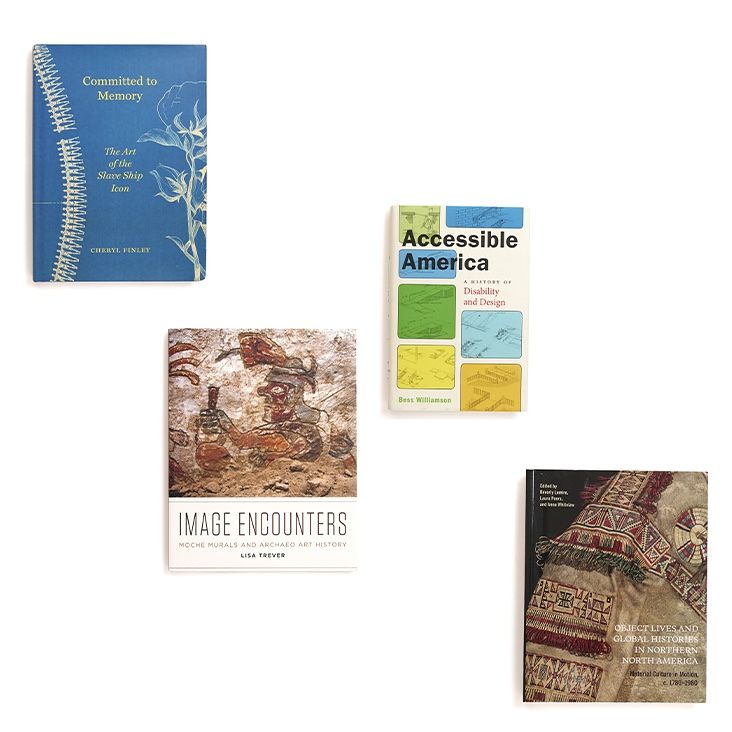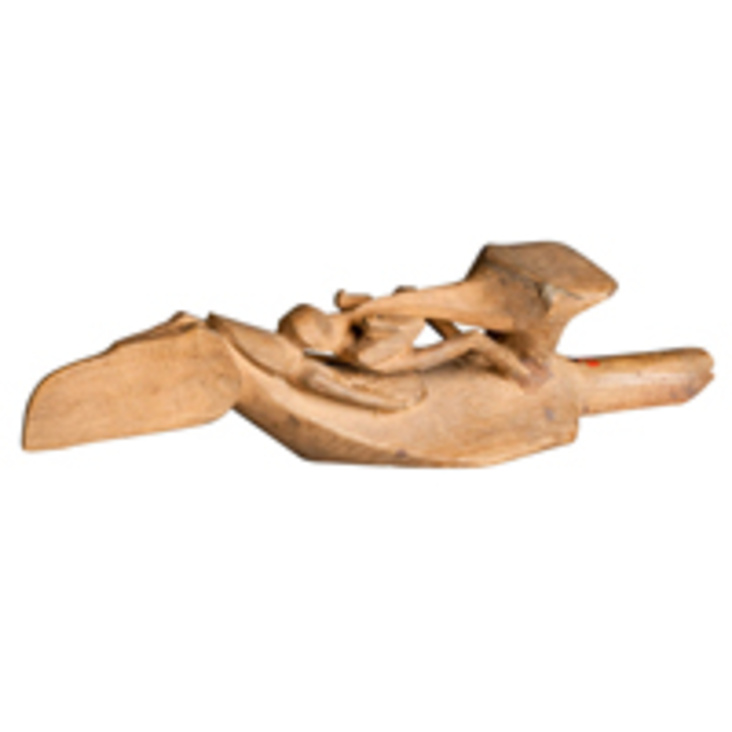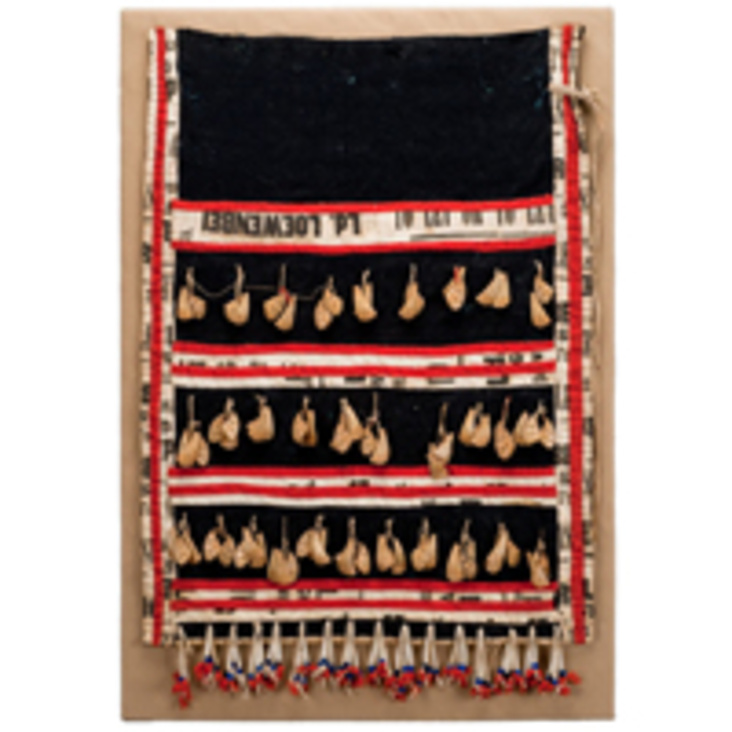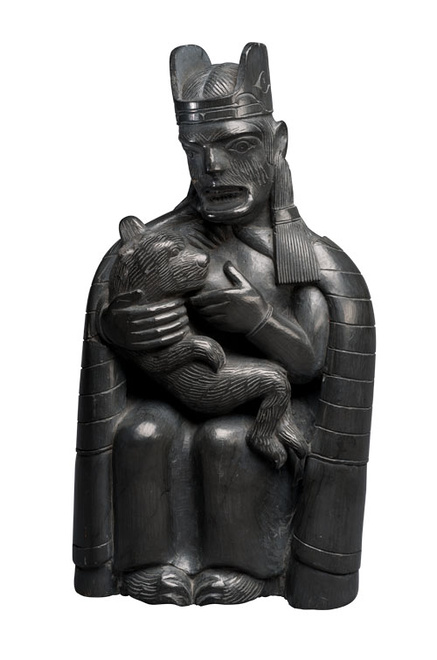
Unknown maker, Haida
Argillite
Collected by Israel W. Powell between 1880 and 1885
Donated by Heber R. Bishop
American Museum of Natural History 16/575
Argillite, a soft carbonaceous shale, was introduced by Haida carvers to the souvenir trade around the 1820s. This figure represents the common Haida story of the Bear Mother, of which there are numerous sculptural and narrative variations. Legends tell of a high-raking Haida woman who marries and has children with the chief of the bears. In this example, the woman’s clawed feet, facial fur, and sharpened teeth suggest her own state of transformation, while her child is depicted as pure bear. She displays insignias of Haida nobility: a robe, labret (lip plug), ear ornaments, and distinctive bear clan headdress. Yet among known Bear Mother sculptures, the configuration of this piece is quite unique and highly evocative of archetypal Madonna and Child iconography even as it may also draw on aboriginal carvings of nursing mothers. While it is not possible to confirm that its maker intended to communicate Christian themes, the figure operates simultaneously within Haida and Euro-American mythologies. As an object intended for exchange, perhaps its intercultural coding was meant to transcend societal boundaries.
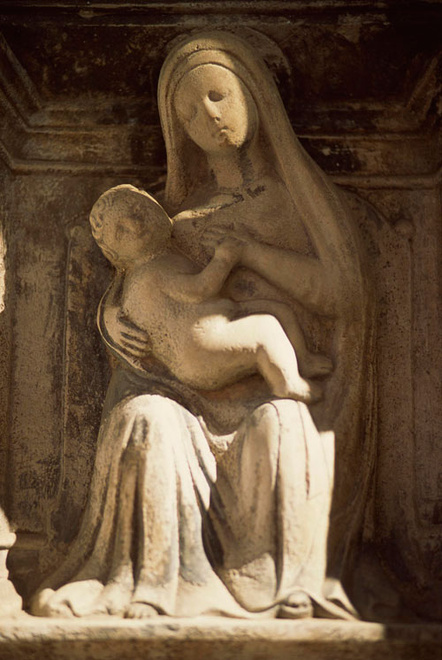
Click here for a discussion about this object (Beau Dick)
Click here for a discussion about this object (Lyle Wilson)
Click here for a discussion about this object (Michael Nicoll Yahgulanaas)


